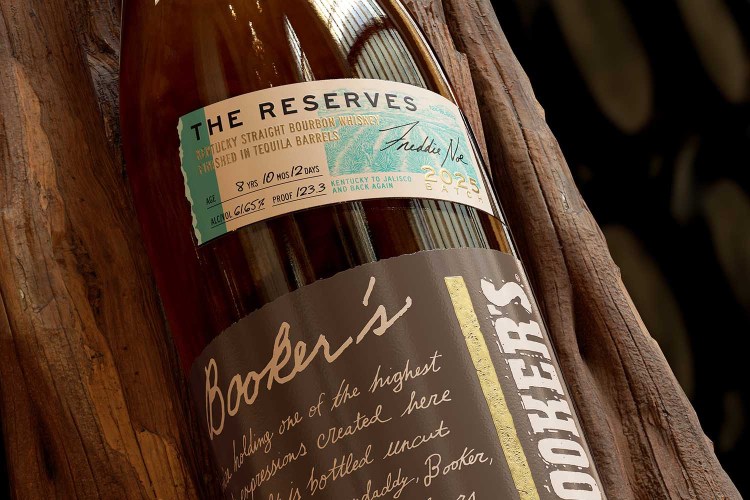Before the Industrial Revolution, people didn’t travel as far to find a spouse, and so the closer you were to home, the more likely it was that you would marry within your family. Many people ending up marrying a fourth or fifth cousin. But then, sometime in the late 19th century, people stopped marrying their cousins. Many people say this started happening between 1925 and 1875 when mass railroad travel allowed people to leave home. But in fact, partners didn’t start to become less and less related until 1875. This insight was gleaned from the world’s largest, scientifically-vetted family tree, presented in a study published on Thursday in Science. The authors compiled and validated 86 million public profiles from Geni.com, a genealogy-driven social media site, in order to generate 5 million family trees. The largest tree consisted of 13 million people, spanned an average of 11 generations and included both Sewall Wright, a founder of human population genetics, and the actor Kevin Bacon, reports The New York Times. The study is the latest example of researchers using big, crowdsourced data collected by private companies to do research.
Thanks for reading InsideHook. Sign up for our daily newsletter and be in the know.


















